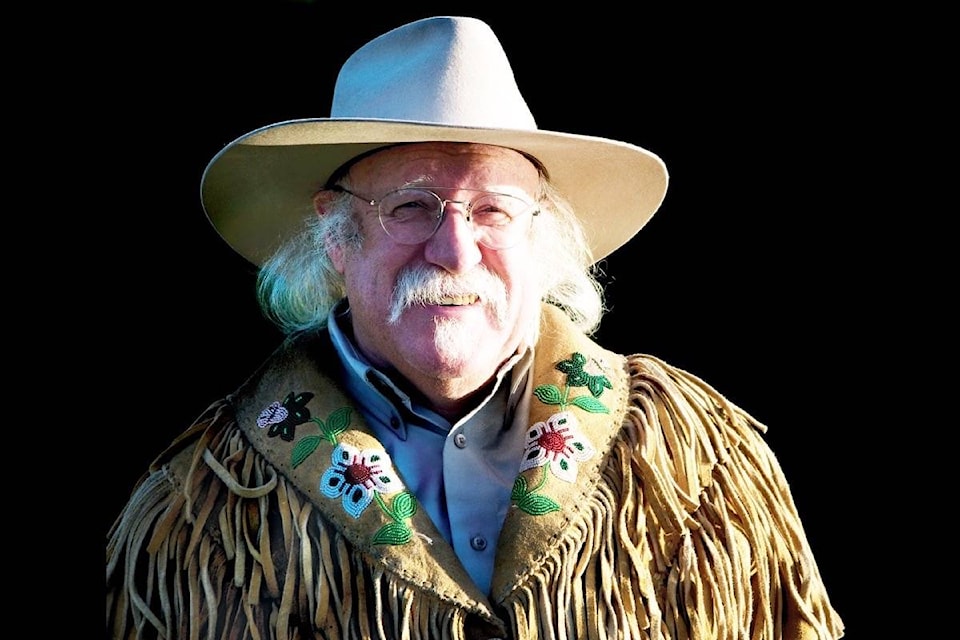The days are getting shorter, the nights colder and the leaves on most of the trees have all turned colour.
Lately, I’ve also been noticing other small but definite changes happening everywhere.
The squirrels in the yard seem more active, more focused on the task of storing up food for the winter. The other day I looked up to feel the warmth of the sun on my face only to see flocks of ducks and geese winging their way south.
Knowing that many different bird species are in the process of migrating to warmer climates means that I must start cleaning up some of the bird feeders around the yard. While some summer resident populations of birds have already left on migration, a number of more northern migrants will be arriving. These newcomers will welcome the opportunity to find easy food at bird feeders.
Although birds rely less on feeders in the early part of autumn because of the natural abundance of wild berries, fruits, grains and seed, bird feeders will still see plenty of activity. Migrating birds require tons of calories for the energy necessary to fly hundreds or thousands of miles, and feeders can provide an energy boost to passing migrants as well as help resident birds build up fat reserves for their journey, or to survive falling temperatures.
Read more: Column: Birds contribute to health of Shuswap forests
Read more: Birdseed sales spike as birds contend with cold snap
Some people mistakenly assume that if you supply birds with a steady source of food in the fall they will be less inclined to migrate. In fact, a number of ornithological sources say a reliable food source is only a minor factor that affects how birds migrate. Daylight levels, climate and instinct also play important roles.
If you are going to start feeding birds, you have to continue through the fall and winter months with regularity. Especially in the hard winter months when natural food sources are scarce and birds can become largely dependant on food put out in feeders.
By feeding birds in autumn, not only are you assisting migrating birds, you are also helping then learn where to come next spring, which will increase the size and diversity of your backyard flock in years to come.
To give both resident and migrating birds the best possible nutrition, it is important to put out foods which contain high oil content and many calories. Offer a variety of different foods ensures that different bird species will find a tasty treat at the feeders. The best fall bird foods include black oil sunflower seeds, millet and cracked corn. However, there is more to feeding birds than just providing the right foods. Make sure your backyard is a safe environment for birds. Protect them from predators such as cats and hawks. Keep feeders clean and filled even in poor weather, and make sure any bird baths are filled with fresh, clean water. Try to squirrel-proof bird feeders to prevent foraging squirrels from depleting the birds’ food supplies.
Feeding birds is a responsibility that must be carried through from one season to another. It can also be a very satisfying and rewarding way to enjoy the changing of the seasons.
